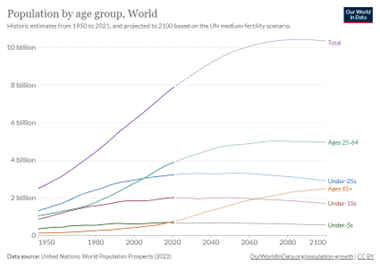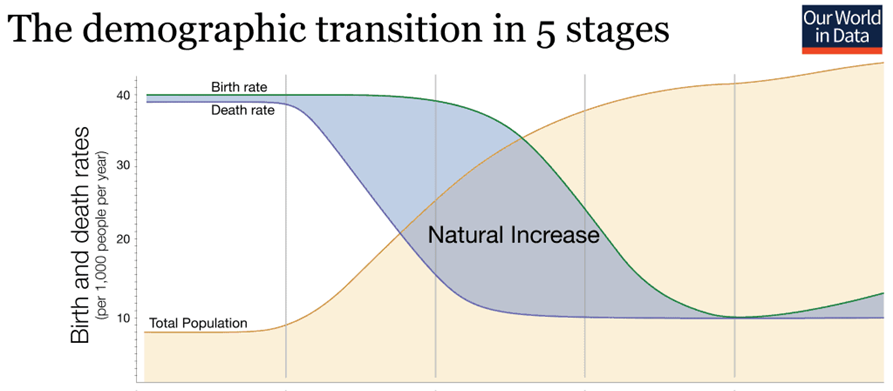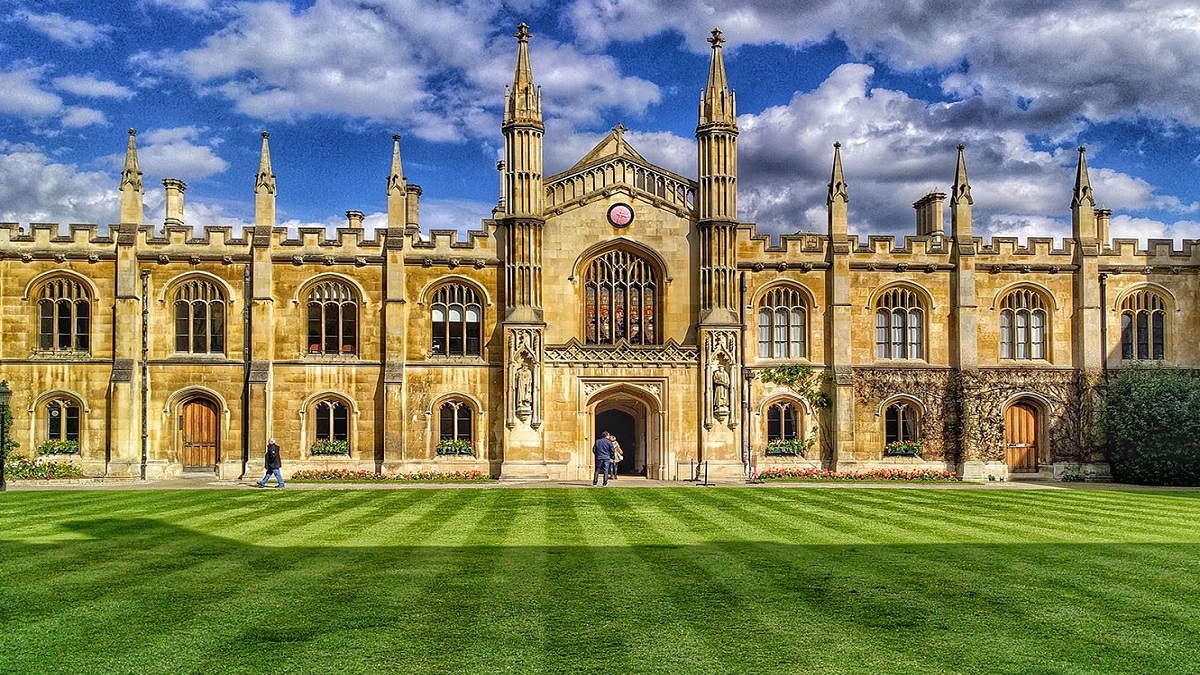- Courses
- GS Full Course 1 Year
- GS Full Course 2 Year
- GS Full Course 3 Year
- GS Full Course Till Selection
- Answer Alpha: Mains 2025 Mentorship
- MEP (Mains Enrichment Programme) Data, Facts
- Essay Target – 150+ Marks
- Online Program
- GS Recorded Course
- Polity
- Geography
- Economy
- Ancient, Medieval and Art & Culture AMAC
- Modern India, Post Independence & World History
- Environment
- Governance
- Science & Technology
- International Relations and Internal Security
- Disaster Management
- Ethics
- NCERT Current Affairs
- Indian Society and Social Issue
- NCERT- Science and Technology
- NCERT - Geography
- NCERT - Ancient History
- NCERT- World History
- NCERT Modern History
- CSAT
- 5 LAYERED ARJUNA Mentorship
- Public Administration Optional
- ABOUT US
- OUR TOPPERS
- TEST SERIES
- FREE STUDY MATERIAL
- VIDEOS
- CONTACT US
Demographic Transition
Demographic Transition
23-01-2024
Context:
- China announced recently that its population has decreased by 2 million people in 2023. This shows the Demographic Transition in China.
What is Demographic Transition?
- Demographic transition is the shift from high birth and death rates to lower ones as a society develops, leading to changes in population growth.
- Birth rate is the number of babies born in a place during a certain time, usually a year, for every 1,000 people. It helps us understand how fast a population is growing.
- Death rate is the number of people who die in a place during a certain time, usually a year, for every 1,000 people. It helps us understand how healthy and safe a population is.
How does Demographic Transition take place?
- The Theory given by Warren Thompson and Frank W. Notestein shows the following stages of demographic changes as a country undergoes economic and social development:
|
Stages |
Birth Rate |
Death Rate |
Change in Population |
Reasons |
|
Stage 1 |
High |
High |
Stable or Slow increase |
Healthcare is not very developed and Limited technology is available |
|
Stage 2 |
High |
Declining |
Rapid increase |
|
|
Stage 3 |
Declining |
Declines but slowly |
Slowly Increase |
|
|
Stage 4 |
Low |
Low |
Stable |
|
|
Stage 5 |
Very low |
Low |
Declines |
|
What has happened in the case of China?
- China started the One Child Policy in 1979 to control its population. It meant that in cities, families could only have one child. If they had more, there were penalties.
- It led to people preferring Male children over females creating a gender imbalance.
- Also, more people in China got older, and there aren't as many younger people to take care of them.
- In 2015, recognising the challenges, China relaxed the policy to a Two Child Policy and later a Three Child Policy in 2021 to encourage higher birth rates and address the ageing population issue.
- The recent data has shown that the population has declined by 2 million people in 2023.
What is happening in India’s case?
|
Population of India |
1.4 billion |
|||
|
India’s Share in the World’s Population |
17.5% |
|||
|
Elderly Population |
1991 |
2016 |
2036 |
|
|
6.8% |
9.2% |
14.9% (Projected to increase) |
||
|
Youth Population (15-29 years) |
2021 |
2036 |
||
|
27.2% |
22.7% (Projected to decrease) |
|||
|
Average Age |
India |
China |
||
|
28 years |
38 years |
|||
|
Variation in Population Change |
Southern States (E.g. Kerala) |
Northern States (E.g. Bihar) |
||
|
Already experiencing an ageing population |
Predicted to increase until 2051 |
|||
What is the notable aspect of India's population trend?
- India’s High Young Population can bring a Demographic dividend.
- "Demographic dividend" means a time when there are more people of working age in a country compared to dependents like children and the elderly.
- This can be an advantage for the country as it may lead to economic growth and increased investments.
- But there is a need to provide quality education, healthcare and skills to reap the benefits of the demographic dividend.




